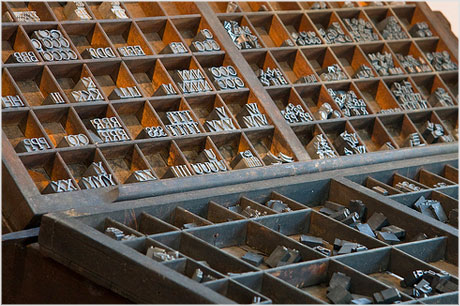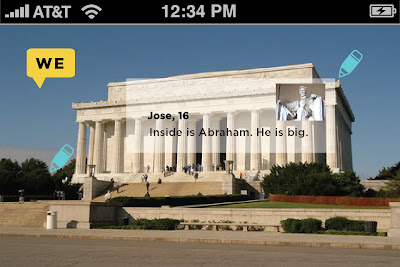I am...
A designer, an art historian and from time to time a fine art artist. Born in Colombia and raised in south Florida, it was due to this migration which my examination of communication began. Upon closer study, various ways of communicating became apparent as well as my own personal struggle of learning a new language and adjusting to a different set of customs. Growing up in South Florida, an eclectic city composed of individuals from different nationalities and cultures motivated me to study at an art magnet in Miami called Design and Architecture Senior High. School which offered all design disciplines such as fashion design, industrial design, architecture, film and fine arts. Visual communication was the one that stood out for me, as a discipline which answer all my inquires that for so long I was seeking . Through these years, my exploration of layers began as well as interest for fashion. My exploration of layers started very literally through collages but my inquiry in understanding communication did not stop through my years in high school. Studying at the Kansas City Art Institute, I began “peeling the layers” and understanding various design principles and the core of communication.
I’m an individual that sees beyond the layers & implements this knowledge in design solutions
I’m a graphic designer and art historian who understands the importance of research, process and user interaction. I have explored layering in three areas: analog, digital, material and information. Whether is collage, using overlay, or materials like vellum; these processes emphasize various elements in my concepts. Layers of information can be organized through systems, websites and creating user interactions, it is through reveals one of many methods to tackle large amounts of information.
Seeking
Searching for a place whether is big or small, or across the globe. I need a place where it’s inspiring, diverse and were many of my skills will be used not just print but hopefully others like screen based design work. Versatile in the work or clients they have giving me possibility to work in various projects ranging from brand identity , packaging to environmental design.A place where I can be a socializer working with multidisciplinary teams, and hopefully a diverse group. Working along side talented and world class communication and other types of designer wether is industrial designers, strategist or others that I can gain knowledge from.
How I’m going to get there....
-My high school teachers, all of my professors have worked with various recognizable studios and organizations across the globe. Therefore a large portion of my connection were developed there.
-Friends and peers due to my high school teaching various principles.Many of my friends went to different schools such as RISD, MICA, SAIC, CCS, Otis, Art Center, CIA, SVA, Parsons, FIT, Central Saint Martin. Old classmates work or know of various industries seeking for new employees which gives me the opportunity to make more connections as well as a higher chances of
-Faculty at KCAI as well as through AIGA KC I been able to make several connections. Including people from various local studios such as Pixels, Propaganda 3, T2. Participating in other venues that AIGA KC has hosted such as portfolio day have been other ways that I could get more connections and therefore adding to my network.
-Behance, Coroflot and LinkedIn have been other sites where I have been either contact or I have been able to see job postings around the world from various studios that hopefully match my interest and my skills.
-Through my brother, Angelo is a source where I have gained a great deal of my connections of people in the automotive industry, which might be a possibility of interest in the near future.
-Making my web presence more dominant and my portfolio more accessible in different portfolio sites, in order for more professionals to stumble upon my body of work.



























































